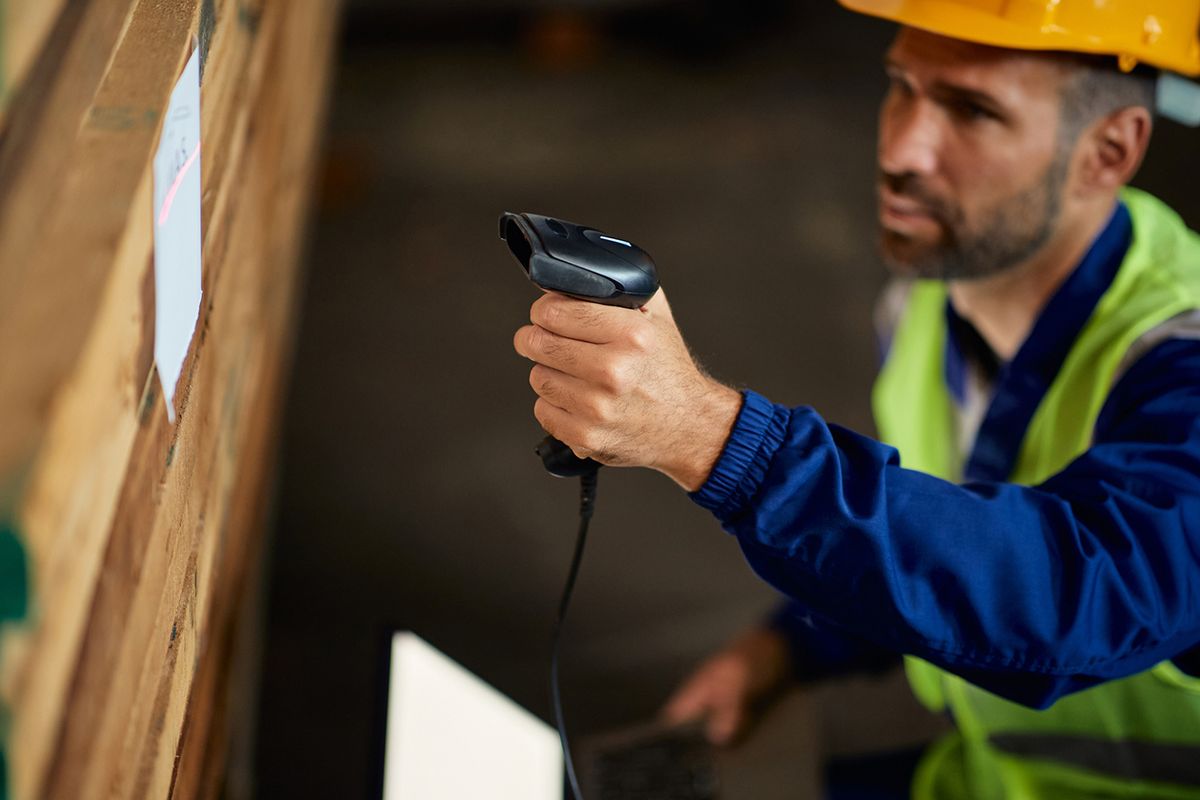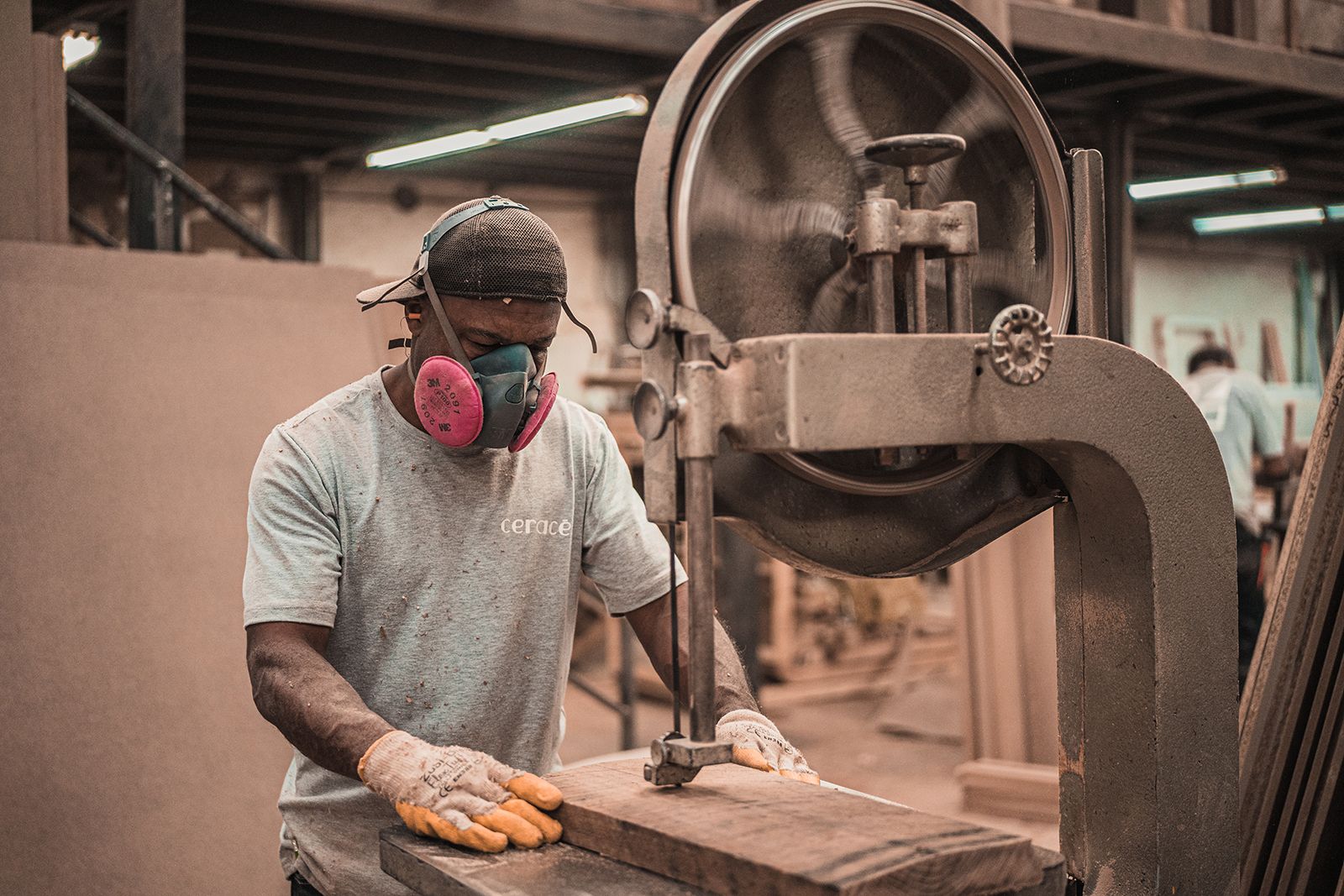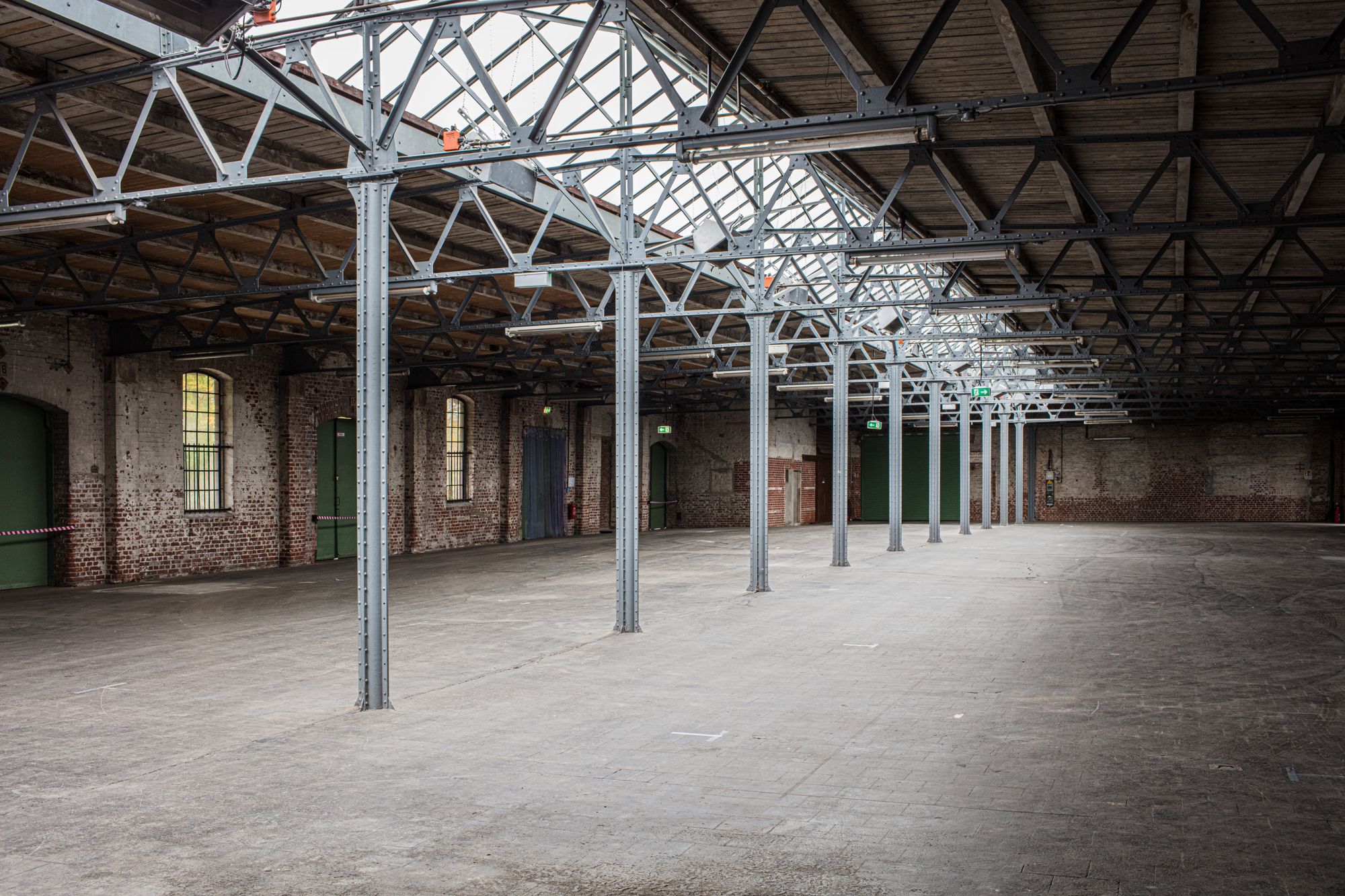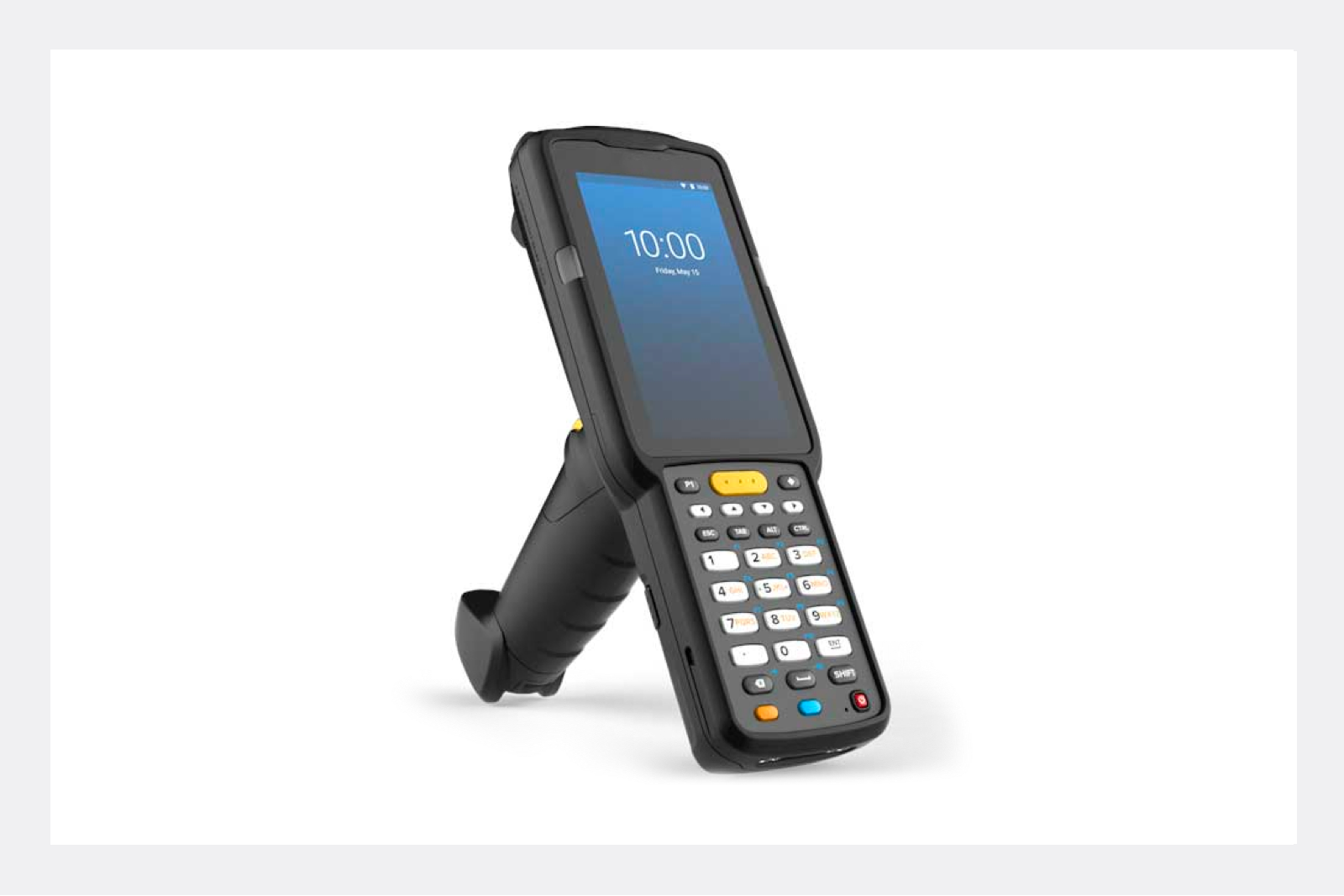How to Choose your Barcode Scanner?

If the previous article did not scare you off from adopting barcode scanners, then hopefully this next post will be useful. Many of our customers have asked us how they should decide on a barcode scanner and to recommend some to them. However, everyone has different needs and restrictions. We hope this post will address the barcode scanner variations and provide you with the information that fits your purpose.
To preface, the cost of a barcode scanner can range anywhere from $20 to a couple thousand. If you have a smaller budget, working with various apps like BoxHero could provide barcode services straight from your phone without the need of an external device. However, in order for a business to scale up their physical inventory processes, investing it the right tools for inventory management is a necessity. Without considering much on initial cost, below are some of the factors you should consider when searching for the right barcode scanner.
Choosing a barcode scanner based on environment

💧 Water and Dust 🌫
A proper barcode scanner will include an Ingress Protection (IP) rating in their description. Ingress, the act of going in or entering, is an important factor when determining the best choice amount electronic devices. IP ratings are used to designate the encasing protection of any mechanical or electrical products. The higher the rating the more secure and durable the product is against solids, liquids, and pressures (designated K). There are other codes that represent additional protections as well. For situations where there is a lot of dust or watery conditions, higher IP rated barcode scanners which are more resistant to these situations will benefit you in the long run. If your work environment is more on the rougher conditions, try looking for a scanner with IP45 or IP65 for more durability.
💥 Fall damage
Accidents where items fall down and break occur quite often. A highly durable barcode scanner will have more resistances to damages from deliberate contact with solid objects or gravity related situations. Also considering that hard flooring like concrete has a higher chance in breaking items upon impact than carpet, durability will be important. Depending on the environment, looking for a solid scanner is important.

⚡Lighting is also an important factor to consider when choosing a Barcode scanner. Three prominent methods of scanners are:
• Laser Barcode Scanner
Laser scanners function optimally by shooting a laser beam off the barcode’s surface which measures the distance between the bars in the barcode and translates it into a number. With single and omnidirectional laser options, laser scanners have proven to be an accurate and reliable choice.
• Charged Coupled Device(CCD) Scanner
Using light detectors, the scanner lens takes a picture of the barcode and digitizes the image into a value for the terminal to read.
• Linear Image Barcode Scanner
Similar to CCD, the scanner takes a picture and translate the image into characters that represent the barcode. The only difference is the Linear function has a longer range. Since the image can be read easily, the image scanner can translate poorly developed or damaged barcodes.
Choose a barcode based on mobility

• Fixed scanners
Fixed (or presentation) scanners are mounted or standing scanners that are usually tethered to a point of sales system. Set to maximize scanning ability within a specific area, fixed scanners help in speeding up processing quickly (i.e. lines at a supermarket) and can even read partial and poorly printed barcodes easily. These scanners are attached to terminals and rapidly relay data per barcode to the terminal’s display screen.

• Portable Batch Scanners
These battery-operated scanners transfer data to a computer which gives flexibility to move around and collect data on all your barcoded items. Ranging from various sizes, Portable Batch Scanners can function as a basic input unit or can come with an LCD screen and keypad to identify and adjust values. Typically these scanners store and export the data in a CSV format for ease of access.

• Wireless Scanners
Similar to Portable Batch Scanners, these scanners store data in their memory and can free move around without a cord tethering in place. However, one additional feature allows wireless scanners data relay abilities to tethered database systems and gives real-time updates on products. Using Bluetooth, many wireless scanners have a connectivity range of about 30 ft (~10m) if tethered to a terminal. Using an inventory management app like BoxHero can tether Bluetooth to your mobile device (phone, tablet, laptop) and providing unlimited range around your warehouse.
Choosing Scanners based on Range
From tiny barcodes that can only be read from close range, to far away objects high above in warehouses, various ranges exist between barcode scanners.
• High Density Barcode Scanners
Used to read small barcode sizes down to 3mm, these scanners are specific for products that have limited space for placing barcodes.
• Standard Range Scanners
Provides a large range of scanner’s focal point which can scan barcodes both large and small. Main choice for most locations with standard sized barcodes like retail stores, warehouses, stadiums, etc.
• Extended Range Scanners
For specific purposes, these scanners can aim at low density barcodes up to 50 ft (~15m) away. Mainly in a warehouse scenario, where objects can be located high on top of shelves.
Choosing based on Other Features

• 1D Scanners
Scan function that can only be read horizontally.
• 2D Scanners
Scanners which have the capability to read horizontally or vertically. Because their direction does not matter, the position of the barcode also does not matter and can be read easily.
• Omnidirectional
As the name implies, projects multiple lasers lines to read barcodes in all directions. Used a lot with fixed or hands-free barcode scanners.
• Connectivity
Besides USB-cord connections, many wireless scanners are Bluetooth-enabled for data relay to the main terminal.
• Scanning Speed
Barcode scanners can vary in reading speeds and may use a single or continuous scanning function. The unit of measure all vary with different scanners having different methods of processing. Meaning some scanners process 25 frames per second while others have scan speeds of 120 images per second, etc. If fast input and processing is what you need, looking for a scanner with a continuous scan function would be ideal.
• Warranty
Like most electronic devices, limited warranties that come with scanners vary between 1-5 years complementary with an option for an extended 10-year warranty. It is a good idea to research into warranties for devices that are constantly being used and located in rough environments.
Barcode scanner technology has been around for many years and made great strides in development for optimal efficiency. Advancements in technology and applications will definitely have a lot more interesting, convenient, and life-changing features in the near future. We hope this post covers everything you are curious about on deciding the right barcode scanners! Check out our next article about the top barcode scanners we have tested with BoxHero.
Do not miss a beat! BoxHero and Barcode Scanners work hand in hand!
With BoxHero, use barcode scanners and more including:
- 📜 Categorizing items to easily sort and group based on characteristics.
- ✔ Check reordering status from the 'Analysis' menu.
- 🔎Identifying products with 'Low Stock' status and plan reorders
- ║▌Even generate and print Barcodes all in one system.
- 🧾 Easily create Purchase Orders, invoice statements, and sales analysis.
- ☁ BoxHero is a cloud-based inventory management system that allows you to create and share transactions with your team anytime, anywhere.


